| Umělec magazine 2002/3 >> Forgotten Genius of Czech Art | List of all editions. | ||||||||||||
|
|||||||||||||
Forgotten Genius of Czech ArtUmělec magazine 2002/301.03.2002 Tomáš Pospiszyl | focus | en cs |
|||||||||||||
|
Zdeněk Burian is a remarkable artist who has yet to receive satisfactory acclaim for all the aspects of his rich oeuvre. There is perhaps no other artist who contributed more to the idea of what visual art looks like. Serious art historians turn their noses up at the adventure illustrator. Burian’s hard-core fans on the other hand lack the necessary distance and ability to place his work in a broader art and cultural historical context. The future will show that Burian is perhaps a little quaint, but nevertheless one of the most interesting Czech artists of the 20th century. His work is an ideal combination of such diverse artistic personalities as Max Švabinský, Josef Lada, and Jan Čumpelík. Burian represents a remarkable illustration of the fate of realistic painting in the world of modern art.
Thanks to his unusual talent at capturing the surrounding world, Zdeněk Burian was considered a wunderkind. He studied at Švabinský’s studio at the Prague Academy of Fine Arts. When it was discovered that he was making money on the side with commercial illustration, he was expelled from the school. Many parallels between the work of Švabinský and Burian may be found, as the student tried to live up to the work of his teacher. The similarities are apparent comparing Švabinský’s woodcarvings and paintings with exotic themes and Burian’s best illustrations in Kipling’s The Jungle Book and Stories of a Tiger Baby by D. G. Mukerdgie. Zdeněk Burian had a phenomenal photographic memory and was able to realistically capture scenes never seen before using gouache and oil painting. He intentionally complemented many of his adventure illustrations and primeval scenes with elements typical of painting after photography in order to enhance their authenticity. It is surprising that this naturalism or super-realism so irritated theorists of socialist realism in the 1950s. His ability to capture the most important moment of a story, which would effectively point back to the text, and the fact that most of his work was predestined to mechanical reproduction in books and magazines bring him closer to the Soviet masters of socialist realism and the American illustrator Norman Rockwell. Burian’s prehistoric reconstructions form a special category of his work. They represent an ideal of “scientific” painting taken to perfection combining art and paleontology, biology and other fields. On the one hand, Burian managed to perfectly imitate the look and texture of materials and on the other, he arranged his dramatic scenes in somewhat stiff compositions, sort of scenographic models of real events. Prehistoric constructions made for teaching purposes are directly reminiscent of those charts of revived animal species, in which extinct animals form harmonic groups of long defunct ecosystems.
01.03.2002
Recommended articles
|
|||||||||||||
|
04.02.2020 10:17
Letošní 50. ročník Art Basel přilákal celkem 93 000 návštěvníků a sběratelů z 80 zemí světa. 290 prémiových galerií představilo umělecká díla od počátku 20. století až po současnost. Hlavní sektor přehlídky, tradičně v prvním patře výstavního prostoru, představil 232 předních galerií z celého světa nabízející umění nejvyšší kvality. Veletrh ukázal vzestupný trend prodeje prostřednictvím galerií jak soukromým sbírkám, tak i institucím. Kromě hlavního veletrhu stály za návštěvu i ty přidružené: Volta, Liste a Photo Basel, k tomu doprovodné programy a výstavy v místních institucích, které kvalitou daleko přesahují hranice města tj. Kunsthalle Basel, Kunstmuseum, Tinguely muzeum nebo Fondation Beyeler.
|



















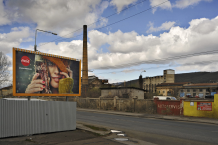




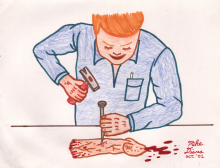
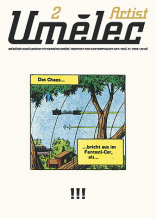
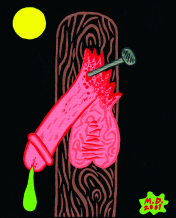
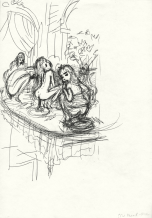


 We Are Rising National Gallery For You! Go to Kyjov by Krásná Lípa no.37.
We Are Rising National Gallery For You! Go to Kyjov by Krásná Lípa no.37.
Comments
There are currently no comments.Add new comment